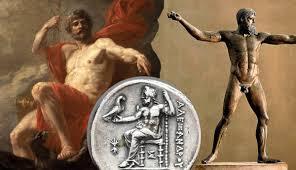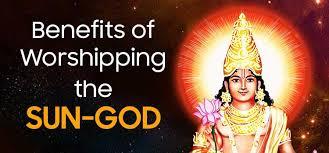Charles Murray’s book Human Accomplishment is a historical examination of all the developments and advancements, in the arts and sciences, that have propelled civilization. He writes of “meta-inventions” — new concepts, giving us new tools that made a big difference.

Like writing. Though language itself Murray doesn’t cast in this way, seeing it as part of our natural endowment, sort of. It did originate quite early in the human story (and other animals have rudimentary language). But writing was not obvious to the earliest humans, being a much later discrete innovation, a new tool of immense power driving civilization forward.
Another key meta-invention was the scientific method, which Murray dates only to post-medieval times. What many don’t understand about science is the salience of method. What philosopher Karl Popper called falsifiability, putting theories to rational tests.
The earlier paradigm, originating with Aristotle, instead centered upon just using logical deduction to understand reality. Not getting one’s hands dirty grappling with it. But an even older meta-invention was what Murray labels “the secular observation of nature,” dating to around the Sixth Century BC (in both Greece and China). This entailed not only observing natural phenomena, but the idea that they have natural causes — potentially understandable. As opposed to just ascribing everything to “the gods.”

Reading this was somewhat baffling — because Murray never treats “gods” themselves as a meta-invention. Nor includes any religious figures in his extensive rosters of important names. Even though, at the end, he casts “transcendental” beliefs about life’s meaning as the wellspring of the greatest human accomplishments. I would actually argue that (unlike Murray’s other meta-inventions) religion was not an advancement tool, but held us back. Yet nevertheless the idea of “gods” seems to fit Murray’s concept of a meta-invention.
We have scant evidence for any such beliefs among the earliest humans. They may have harbored inchoate “spiritual” proclivities. But it seems highly doubtful that systems of “gods” or suchlike supernatural constructs were part of our evolutionary endowment (in the way that Murray treats language). For early peoples looking upon their circumstances, the notion of “gods” would not necessarily have been obvious. It had to be invented.
That human brains did prove to be highly receptive to religion, almost as though genetically programmed for it, does not belie that it had to be invented, and was far from self-evident to early people looking at nature.

Seeing the Sun traversing the sky, they would have had no idea what it was. Just a thing, one of many natural phenomena affecting them. Give it a name, sure. But to hypothesize a conscious “god” being involved is something else entirely. When Zork first proposed this in 9764 BC, his neighbors would have looked at him strangely.
And of course religion entails far more than just the bare concept of a “god” or “gods.” Begging questions concerning their full nature, origins, modus operandi, etc. Thus we got quite elaborate constructions, like the pantheons of ancient Egypt or Greece. Constructions that would not naturally occur to anyone merely trying to make sense of the world around them. Again, this required quite methodical invention. And while religions around the world differ in details, the basic concept of “religion” applies to all. So, once more, it’s somewhat puzzling that Murray didn’t include religion as among our meta-inventions.*
Anyhow, for all its ostensible strangeness, religion did become virtually a human universal. Providing at least some way to understand (if incorrectly) the mysteries of existence. Which brings us again to Murray’s “the invention of the secular observation of nature.”

“Secular” meaning non-religious. Yet our species presumably started out with “secular observation of nature” — that is, just seeing what was there before their eyes. Only after religion got in the way did it become necessary to re-invent “secular observation of nature.”
The next step, as Murray elucidates, was trying to figure out the true explanations for what was observed. Just ascribing everything to “the gods” was too facile, and there were people — like Thales, Leucippus, Hippocrates — who didn’t fall into that trap. The road they chose was much much harder. Nature does not reveal herself easily. This book impresses upon the reader what a hard slog it took to get science and civilization where it is today.

Many view science and religion as just two different belief systems — take your pick. Not so. While religion does require belief — tons and tons of it (Mark Twain defined faith as believing what you know ain’t so) — “belief” has no role in science. Belief in a scientific postulate is irrelevant. Only evidence matters.
* Buddhism and some other Eastern belief systems are more like philosophies than “religions,” and don’t fit well here. And note that it’s doubtful how seriously religion was taken elsewhere, during antiquity. “Worshipping” the gods in Greece and Rome seems to have been more a socio-cultural practice than a reflection of literal belief. (Judaism perhaps an exception.) They didn’t take the gods that seriously. It was only with Christianity and Islam that religion came to have a central place in people’s lives.
